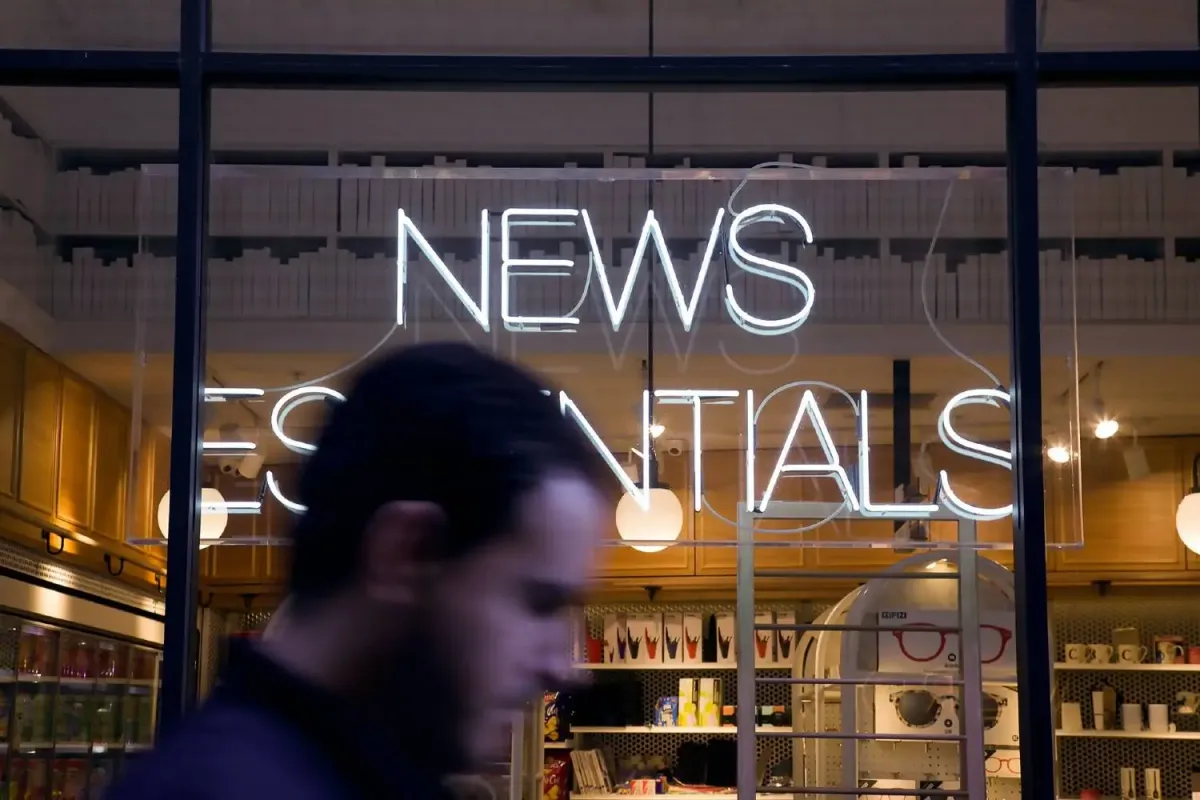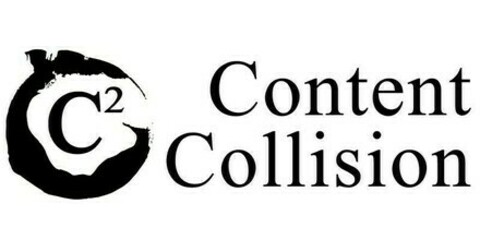Planning for 2025? Top PR lessons from 2024 you don’t want to miss
Discover key 2024 PR trends, from crisis response to data privacy, used by leading brands to guide your 2025 strategy.

As 2024 nears its end, brands are already planning how they’ll approach public relations (PR) in the coming year. While PR once focused primarily on reputation management, the field has grown to encompass a range of objectives shaped by consumer behavior, technology, and evolving regulations.
At ContentGrip, we’ve gathered the top five PR trends that emerged from 2023 to the final quarter of 2024. These insights not only reflect how major brands have elevated their PR strategies but also offer practical lessons to guide businesses toward opportunities and challenges anticipated in 2025.
1. Crisis management and preparedness
In the past, brands often addressed crises reactively, sometimes leading to slow and ineffective communication. A well-known example is BP’s response to the 2010 oil spill, where delays and poor messaging created long-lasting PR issues. This event highlighted the risks of waiting until a crisis unfolds to plan a response.
Today, proactive crisis management is a priority, as illustrated by Airbnb’s approach. The company has established a dedicated “Trust and Safety Team” equipped with pre-developed messaging templates and rapid-response protocols to handle crises swiftly. This setup enables Airbnb to address issues before they spiral, maintaining trust among its users.
Learn more about Airbnb’s safety innovations here and recent crisis response updates here.
2. Data privacy and ethical considerations
Data privacy and ethics are now fundamental elements of PR. In the early days of digital marketing, companies collected consumer data with limited transparency, often without user awareness. This practice led to concerns over privacy, especially as data collection became more sophisticated.
Apple has become a leader in prioritizing data privacy, integrating it as a core theme in their communications and marketing efforts. Apple has introduced privacy features like App Tracking Transparency and updates to Safari Private Browsing, providing users more control over their data. Apple’s educational initiatives also show its commitment to data protection, as detailed in their 2023 and 2024 privacy announcements.
Read more about Apple’s privacy strategies here and here.
3. Content diversification
Traditional PR efforts relied heavily on media such as print and television. While these channels remain important, they’re no longer enough to meet the diverse ways audiences consume media. ContentGrip’s analysis shows how brands like Red Bull have adapted, expanding PR beyond press releases to create digital-first, interactive content that captures audience interest across platforms.
Red Bull demonstrates content diversification through its sponsorship of extreme sports and the creation of shareable digital media. By doing so, the brand reaches specific interest groups and engages audiences through formats that match their consumption habits. Red Bull’s media strategy exemplifies the advantages of diversified content, especially as digital and social media become central to reaching younger audiences.
For more on Red Bull’s approach, you can visit detailed discussions here and here.
4. Localized and personalized communication
Historically, brands often used generalized messaging in global campaigns. Coca-Cola’s early global ads, for example, applied a broad approach to messaging that didn’t fully connect with distinct regional audiences. In today’s PR landscape, however, consumers expect personalized, localized messaging that resonates with their culture.
Coca-Cola’s “Share a Coke” campaign marked a significant shift toward localization, with bottles featuring names specific to each market. This simple tactic allowed Coca-Cola to reach consumers on a personal level, fostering greater engagement and brand loyalty. Localized communication shows how PR can be more effective when it acknowledges cultural differences, an approach that is gaining traction across industries.
For more on this campaign, see Coca-Cola’s official release on “Share a Coke” Returns and its background here.
5. Measurement and analytics
Previouslu, PR measurement traditionally relied on simple metrics like media reach and coverage volume. These metrics provided a general sense of exposure but gave little insight into how audiences actually felt or engaged with campaigns. Brands couldn’t easily gauge the deeper impact of their PR efforts, which limited their ability to adjust messaging in real time.
Today, PR measurement tools offer real-time analytics that allow brands to track public sentiment, engagement, and campaign effectiveness as they unfold. Dove’s “Real Beauty” campaign is a leading example of this transformation. Dove used data insights to uncover that only a small percentage of women viewed themselves as beautiful, which led the team to center its PR messaging around inclusivity and authenticity.
Throughout the campaign, Dove monitored real-time sentiment and feedback from audiences on social media. This approach allowed the brand to adapt its messaging based on live reactions, helping to amplify the campaign’s positive impact and build a lasting connection with consumers.
For a detailed look at how Dove used real-time analytics to shape its PR strategy, you can view the case study on IBH Media’s blog.
As 2025 approaches, brands need PR teams that can strengthen the company’s reputation while connecting authentically with customers. Empathy and adaptability are key—qualities that are often enhanced by working with dependable PR distribution partners who can align with the company’s goals.
To help you find the best options, we’ve curated a list of recommended PR distribution services, reviewed by PR professionals and suited to various needs. Check out our top picks here.




